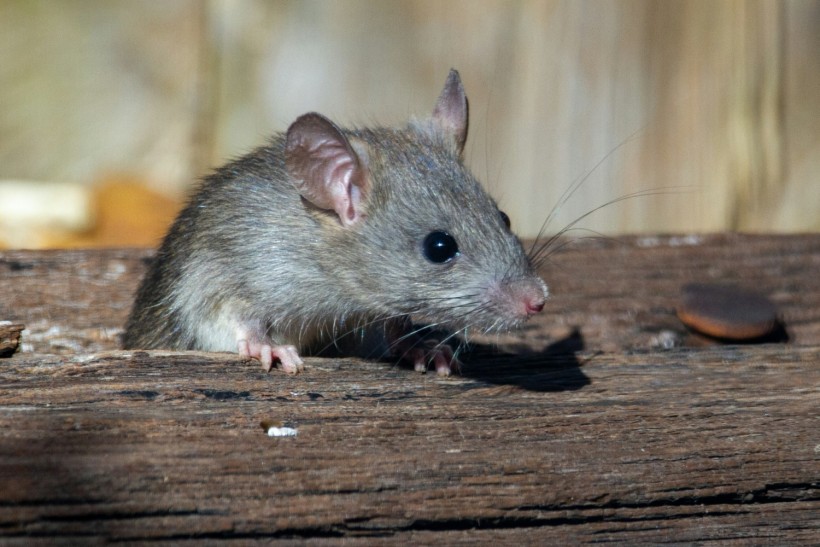[ad_1]
Domestic cats are known to be humans’ fur babies at home, which comes on par with man’s best friend: dogs. The two animals are the world’s most common household pets. However, a new study led by an international team of scientists from the United States, France, Australia, and New Zealand found that pet cats kill 2,000 wild animal species, including those at risk of extinction.
The culprit felines are more common than one might think and we may even encounter them in our neighborhood. Scientists call these pets “free-ranging domestic cats” or those that wander outside their owner’s home. The findings came after the research paper focused on the global synthesis and assessment of their diet.
Free-Ranging Domestic Cats

(Photo : Photo by Michalis Mantelos on Unsplash)
In the study published in the journal Nature Communications on Tuesday, December 12, researchers describe that free-ranging domestic cats (Felis catus) are “globally distributed invasive carnivores” that significantly impact biodiversity. Although outdoor-roaming household cats are common, scientists say that they are not good for the well-being of other animals, even if owners think such practice will benefit their cats.
To determine the potential threat posed by pet cats, the international researcher team developed a comprehensive global assessment of species consumed by cats, identifying that 2,084 species are eaten by F. catus. Among this figure, 347 or 16.65% are under conservation concern or at risk of extinction.
Data provided by the scientific paper shows that Earth’s island contain three times more species of conservation concern eaten by cats than continents do. Specifically, 90% of species consumed by free-ranging domestic cats include birds, reptiles, mammals. Meanwhile, insects and amphibians are less frequently eaten.
Also Read: Domestic Cats and Wild Cats: Friends or Foes? How They Interact and Shape Each Other’s Lives
US Case Study
In relation to the Nature Communications study, separate research published in the same journal in 2013 entitled “The impact of free-ranging domestic cats on wildlife of the United States” showed the impact of outdoor domestic cats across the country. The 2013 study showed that combined with anthropogenic threats, predation by domestic pets kill billions of wildlife annually.
Since free-ranging domestic cats have been introduced globally, researchers a decade ago stated that our beloved felines have contributed to multiple wildlife extinctions on islands. Meanwhile, the magnitude of mortality they inflict in mainland areas remains speculative.
In the US, researchers estimate that free-ranging domestic cats killed between 1.4 billion and 3.7 billion birds and 6.9 billion to 20.7 billion mammals annually. The old study clarified that un-owned cats, compared to owned pets, cause more fatalities.
According to the American Veterinary Medical Association (AVMA), the total number of households owning cats in the US is 31.9 million or 25.4%. Meanwhile, the total number of household cats in the country is 58.3 million.
The threat posed by pet cats to wild animals in general remains on a case-to-case basis, with factors including the proximity of a household to wildlife habitats and the availability of food resources.
Related Article: Average Cat Lifespan: Do Domestic Cats Live Longer Than Wild Cats?
© 2023 NatureWorldNews.com All rights reserved. Do not reproduce without permission.
[ad_2]




